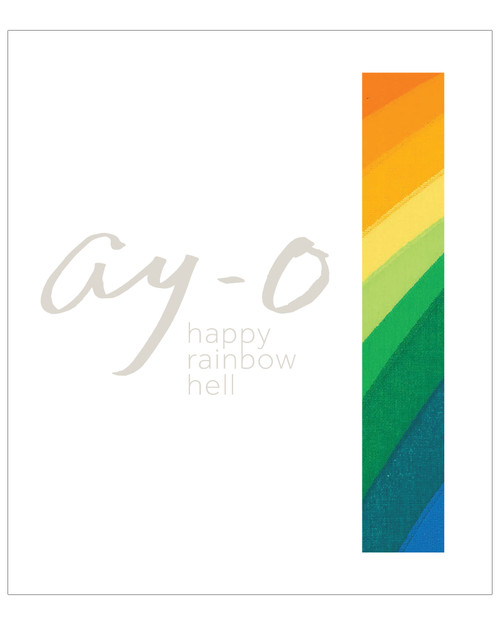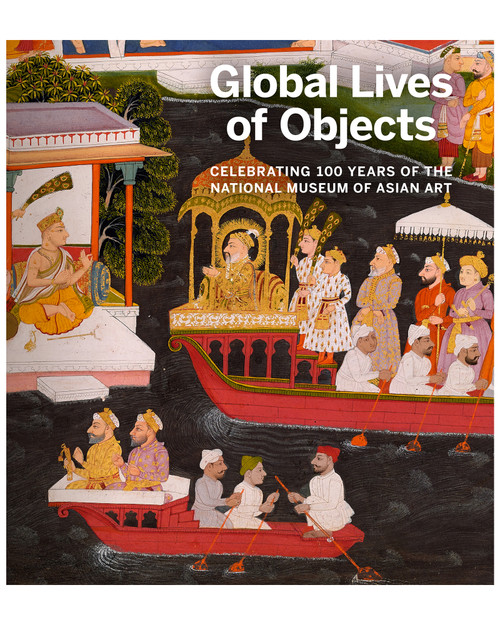Description
This publication examines the Japanese artistic understanding of China from the late 1600s, Japan's period of seclusion, to its age of modernization after the mid-19th century. The volume focuses on the ways Japanese painters from the late 1600s to the 20th century pictured China, both as a real place and an imagined promised land. It features three essays by renowned Japanese art historians in addition to more than 50 catalog entries highlighting unusual artworks revealing Japanese artists' complex responses to Chinese art, history and culture.
Museum Story
The National Museum of Asian Art is a global resource for understanding Asian arts, cultures, and societies and their intersection with the United States. Opened in 1923 as the country's first national art museum, it now stewards one of the world's best collections of Asian art, which date from antiquity to the present, from China, Japan, Korea, South Asia, Southeast Asia, the Ancient Near East, and the Islamic world (including Central Asia, the Middle East, and North Africa). The museum also holds an important array of 19th- and early 20th-century American art of the Aesthetic Movement.
Details
- Hardcover
- 336 pages, 125 color illustrations
- 10.8" x 8.5"
- Edited by Frank Feltens, with contributions by Paul Berry and Michiyo Morioka














